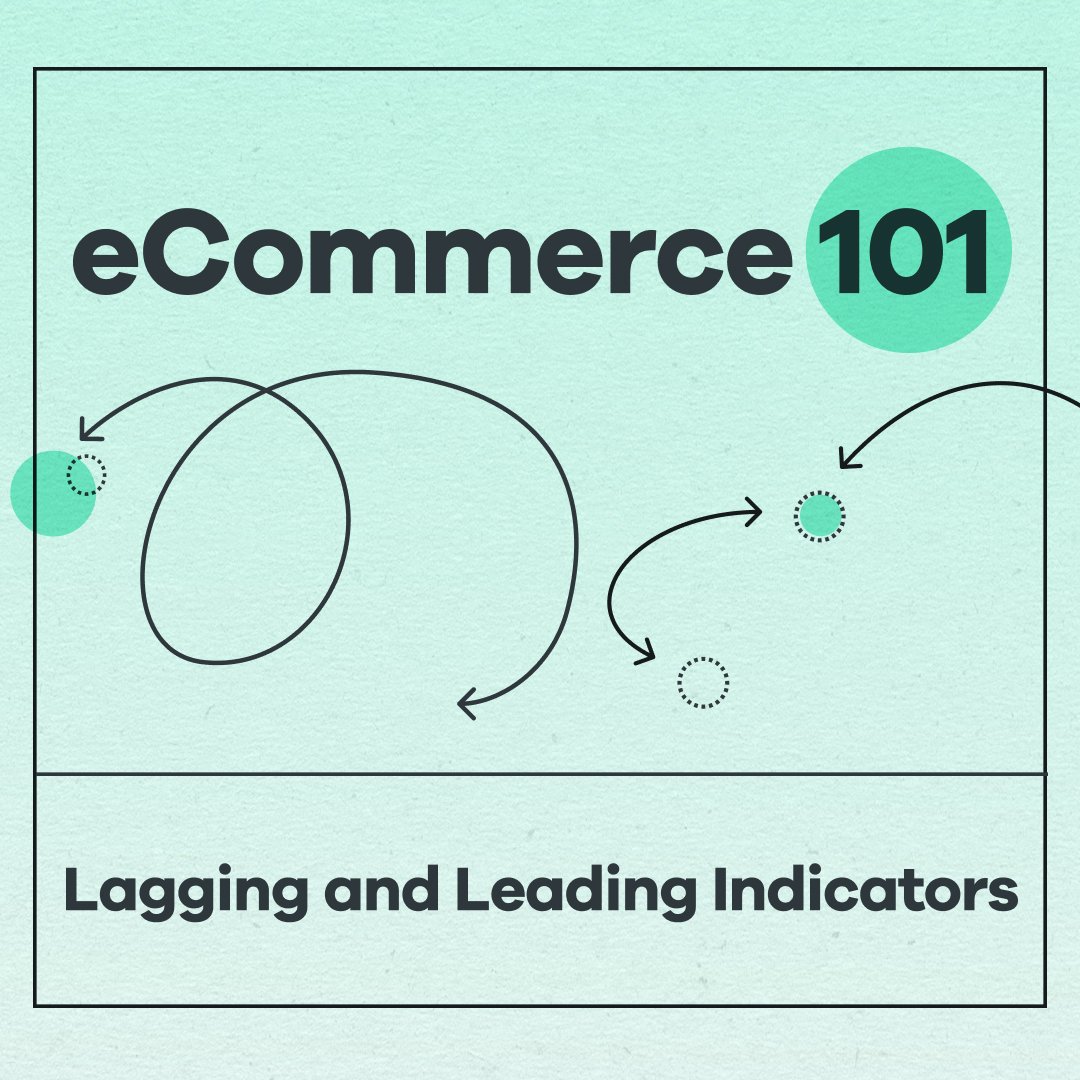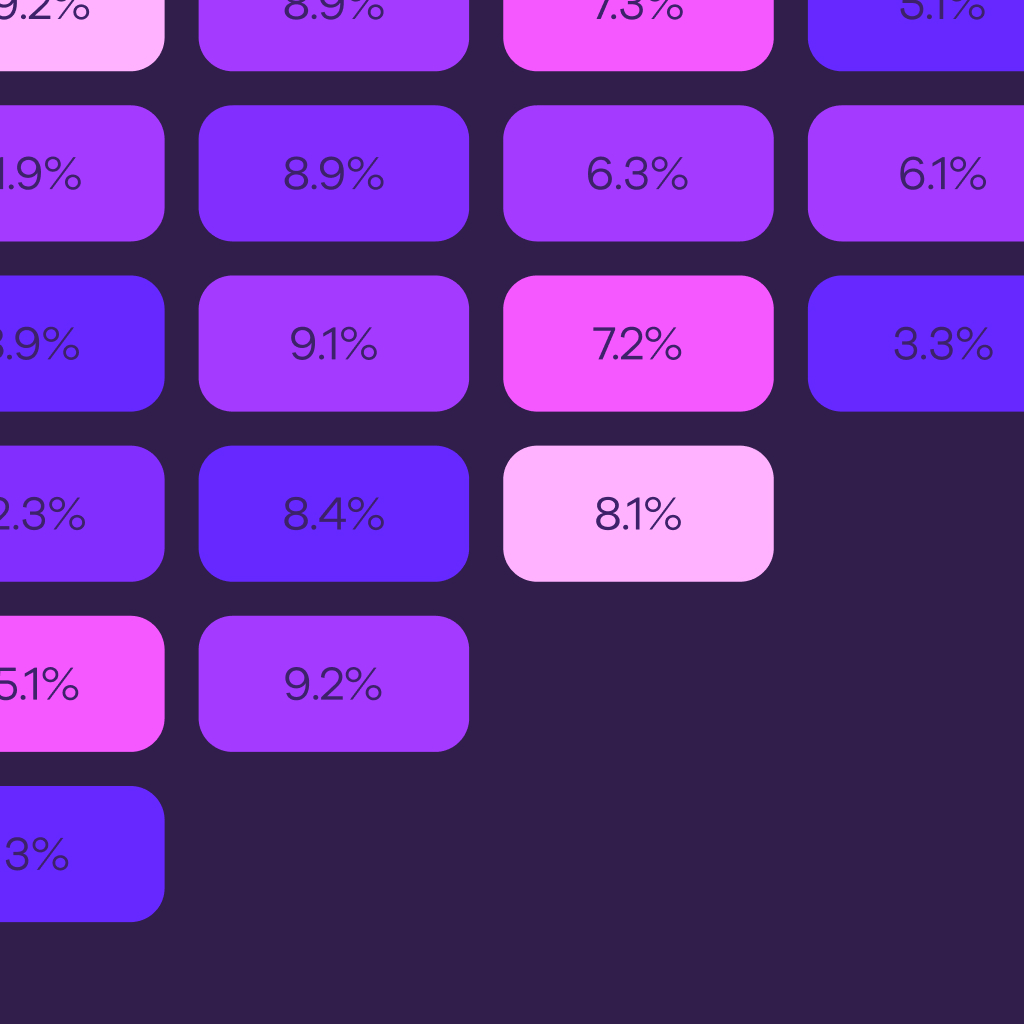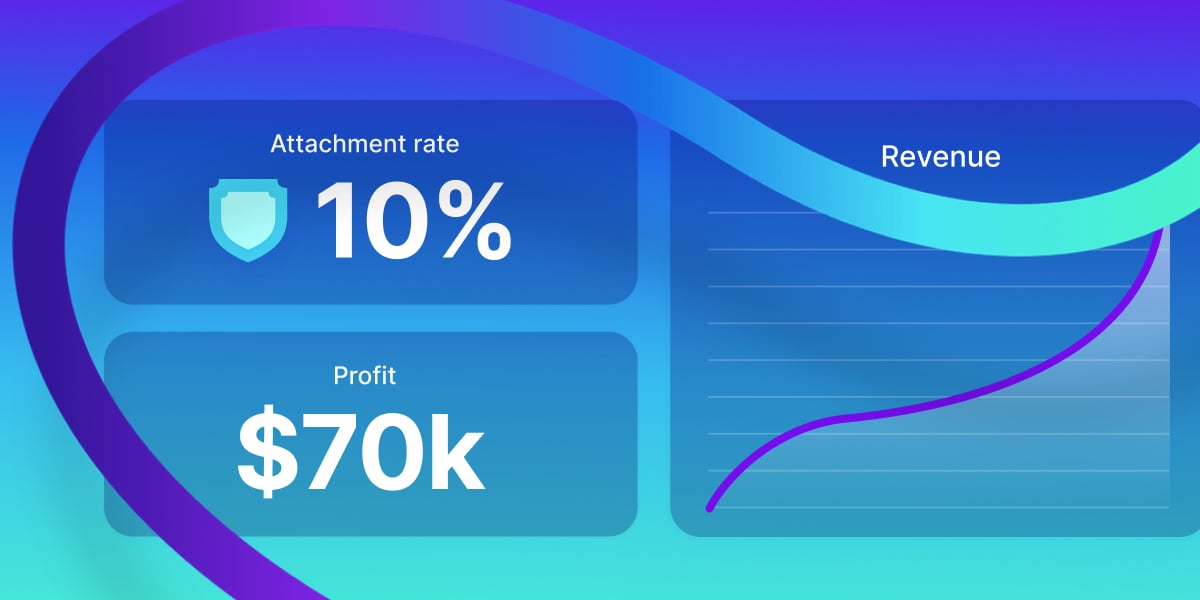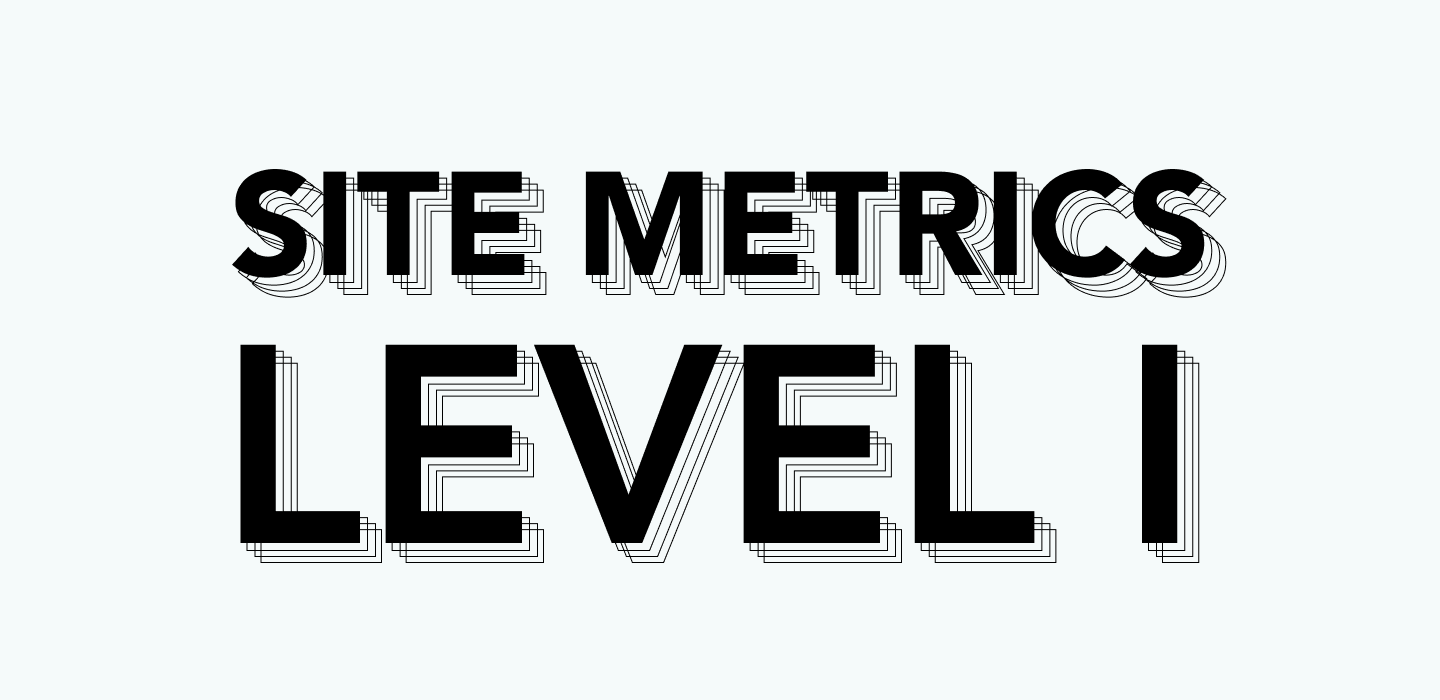eCommerce and online retail teams always have an incredible task at hand: everything they manage is a project. Developing, maintaining, and growing an online presence contains hundreds of small processes and thousands of assets that need to be controlled. There is inventory management, business analysis, website development, customer interactions and much more that trigger tasks for your team. In order to properly execute and avoid chaos, there must be a clear strategy and philosophy for managing your projects.
But first...
What even is Project Management?
The Project Management Institute (PMI) gives a focused overview of project management:
“A project is temporary in that it has a defined beginning and end in time, and therefore defined scope and resources. And a project is unique in that it is not a routine operation, but a specific set of operations designed to accomplish a singular goal.
...Project management, then, is the application of knowledge, skills, tools, and techniques to project activities to meet the project requirements.”
Thus a project will most likely follow this order:
- Project is created
- Project is organized around reason for creation
- Project has a defined schedule
- Project is worked on with status updates along the way
- Project is completed and archived for similar project in the future
Throughout every project management process it is important to remember its purpose, and why the team did not choose to operate with zero structure. Project management helps managers see progress, communication live in one place, and the entire team improve on planning and execution with each project completion.
Determining your eCommerce Project Management methodology

Even if your team does not have traditional project management experience breaking down your business and settling on a project management methodology is a necessary step to the organizing the ever-present wave of projects. Over time you might have to tweak and blend certain rules to fit your team environment and size, but here are some of the most common methodologies:
Waterfall
Waterfall methodology is a linear project management approach, where stakeholder and customer requirements are gathered at the beginning of the project, and then a sequential project plan is created to accommodate those requirements. This sequence described creates the imagery of the waterfall as the requirements are tackled one by one in chronological order.
The Ideal Scenario: eCommerce teams planning the entirety of the project at the beginning, an executing without iteration from start to finish.
Lean
The Lean methodology pushes for an organization to focus on customer value and the processes to continuously increase it. The goal is to provide perfect value to the customer through a perfect value creation process that eliminates the three types of “waste”: Muda, Mura, Muri. A lean team changes the focus of management from optimization of assets and vertical departments to optimization of the flow of products and services through value streams that flow horizontally across assets and departments...all the way to the customers.
The Ideal Scenario: eCommerce teams looking to change the entire framework, not just one project, to keep Customer Lifetime Value as the forefront metric.
Agile
Agile is designed for projects that are iterative and incremental. Agile is a type of process where demands and solutions evolve through the collaborative effort of self-organizing and cross-functional teams and their customers. Change recognition and communication on change decisions are the foundations of Agile.
The Ideal Scenario: eCommerce teams that prioritize customer satisfaction metrics and have the stamina to keep a continuous delivery pace.
Scrum
Under the umbrella of Agile (see above) there is a methodology called Scrum. Scrum provides a lightweight process framework that embraces iterative and incremental practices, helping organizations deliver assets with higher frequency. The project will progress along with progress a series of iterations titled sprints
The Ideal Scenario: eCommerce teams working on a concrete product (i.e. new product launch) that involves a fair amount of complexity due to market research and reception.
Kanban
Kanban is another popular Agile framework that focuses on early releases with collaborative and change recognition teams. The Kanban process is based on pulling work from a backlog and completing each only as needed. A Kanban board is at the center of this process and is digested visually and horizontally.
The Ideal Scenario: eCommerce teams with a visual preference and looking to calculate average completion rate and total cycle time for a large inventory of products.
----------
This list is not the end all be all, there is a wide variety of project management options out there. But these methodologies can provide immediate inspiration and guidance.
Criteria for selecting an eCommerce Project Management tool
When it is time to select the actual tool be ready to encounter a plethora of options aiming to solve your project management needs. We recommend keeping these five criteria in mind for an eCommerce team:
1. Impact
Whether it be integrated or not, the project management tool needs to be able to show how these efforts are impacting the greater business objectives of an eCommerce company (increasing revenue, decreasing customer churn, etc.). This allows for empowerment and results to take center stage instead of a busy work mindset.
2. Ease of Use
The tool must be intuitive and have a quick learning curve. Since you are a team of eCommerce professionals your team should be focuses on improvements to your product and marketing assets, not bogged down with complicated technology. Quicker execution is the tool’s purpose.
3. Planning Flexibility
The tool must have all the goods to appeal to a variety of eCommerce minded-folk: calendars, folders, templates, workflows, automation, etc.
4. File and Document Management
eCommerce teams deal with both creative administrative assets. There will be just as many graphics and pictures as there are outlines and reports. As these projects take off you will want to be able to house all types of files inside the tool.
5. Price
Assuming your team has a budget, the tool should stay on the leaner side of due to its core functionality being outside of eCommerce-related activity. Saving money by not purchasing an expensive project management tool means more dollars spent on revenue and performance-related activity.
How to align Project Management with your desired business results
Yaguara functions as a home to all of a company’s business results by combining high-level goals and real-time data. If a project forms around a quantitative metric your team needs to improve, let’s say Average Order Value, there needs to be a tie to performance. Our goal with aligning project management efforts is to show a project’s impact on the business’ bottom line. The project is not a success just because the final task is checked off, the project is a success if Average Order Value improves. This functionality further moves teams to being empowered, informed, and connected to all aspects of the business.
The key to this integration is eliminating the duplication of tasks, projects, and details. Yaguara’s integration allows for an import of any existing projects and then a two-way sync on all the critical details. Updates can be made in either system with all performance metrics being tracked for your greater Objectives.
The Yaguara options
We have hand-selected tools that are widely popular across the industry, but also impressive with their depth of features if your team is looking into syncing or implementing a project management solution.
Asana
Asana helps set up projects using lists, boards, calendar, and timeline. Share details, set deadlines, and delegate tasks. Assign goals and update stakeholders. Create visual project plans to see how every step maps out over time.

Asana customers can use this integration to tie their Asana projects to their Yaguara objectives and properly track progress all in one place. You can read about how to connect Asana here: How to sync your Asana projects with Yaguara
Wrike
Wrike helps take your projects from initial request through tracking work progress to reporting results. Create and assign tasks, projects, and milestones. See where projects stand at a glance. Visualize your schedule on the built-in Gantt chart. Coordinate resources across multiple teams and projects. Set up custom workflows for your teams and projects.

Wrike customers can use this integration to tie their Wrike projects to their Yaguara objectives and properly track progress all in one place. You can read about how to connect Wrike here: How to sync your Wrike folders and projects with Yaguara
Yaguara
And for small teams or ones that are not ready to undertake a project management methodology, Yaguara can function as a project planner with its ability to assign tasks, attach notes, and create milestones. While Yaguara should not be confused with a project management solution, the functionality is there for a lighter use cases.

Conclusion
Implementing any of these solutions must align with the core beliefs of any data-driven eCommerce company. A project has to be improving desired results, otherwise the outcome could be lost precious time and a bill for profitless technology.
Every project can have a quantifiable relationship to your most important business objectives, it is up to your team to create that.










.png)
